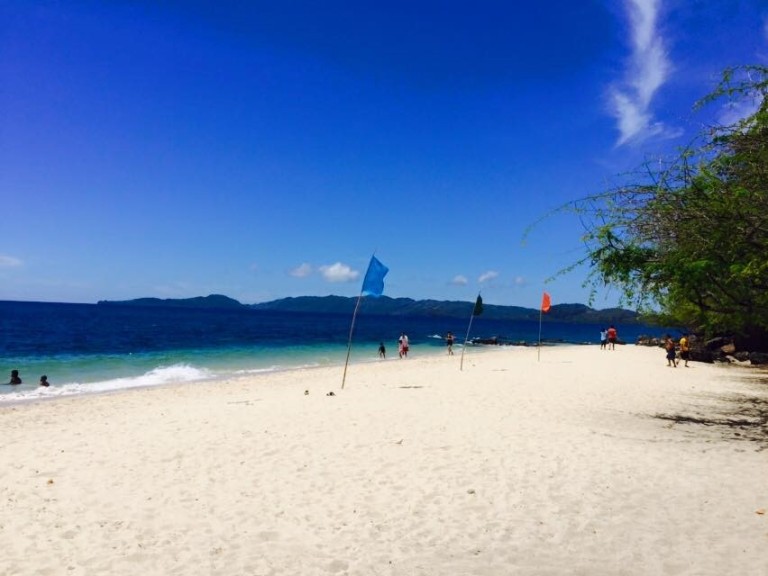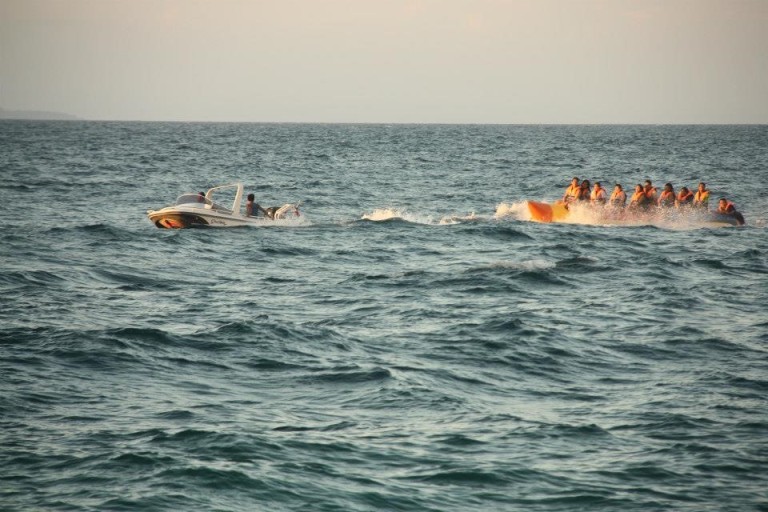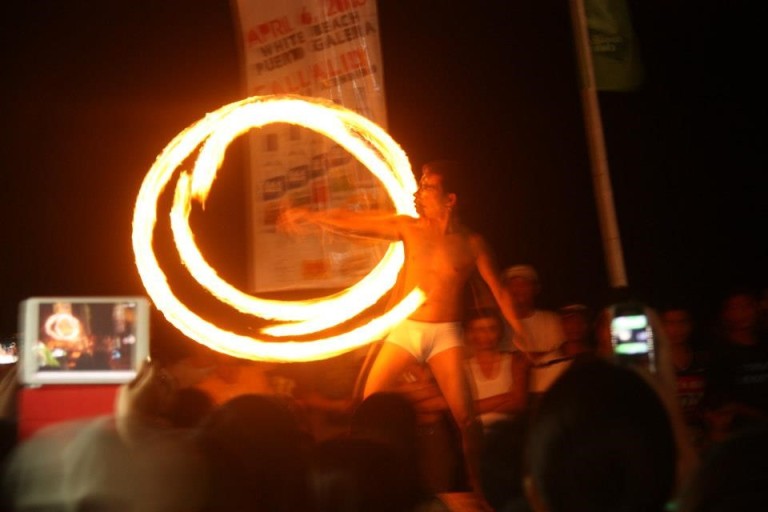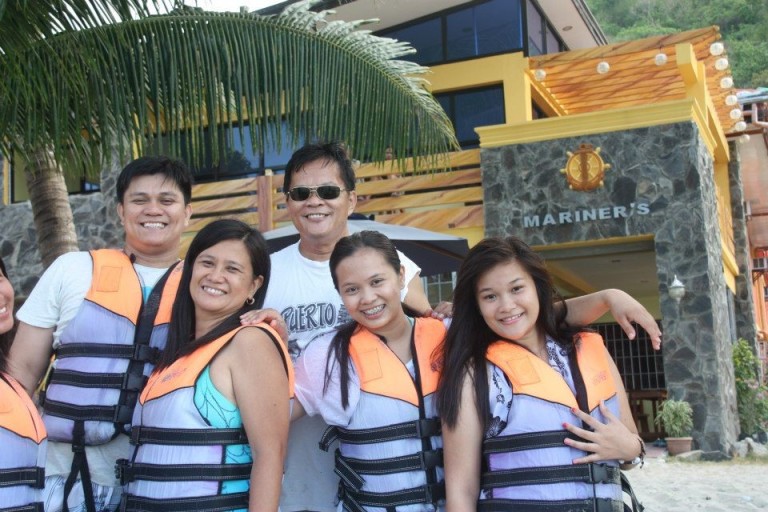ROOT OF ORIGIN
Oriental Mindoro, or Silangang Mindoro in tagalog, is a province under the MIMAROPA region (Mindoro, Marinduque, Romblon, Palawan) of the beautiful islands of the Philippines. The island is known as the seventh largest island among the 7,107 islands of the Philippines. Its current provincial capital is Calapan City which is the only city in the place. At first, it was grouped together with Batangas and Marinduque but then were separated after the seventeenth century. Like other places back then, it was filled with pueblos having gobernadorcillos as the leader of it. And like now, in those pueblos have barangays in it calling their head as cabeza de barangay at their time.
Talking about the evolution of its capital, the very first assigned capital was called Minolo which is Puerto Galera at this present time, then Baco, and finally, the Calapan City. This Calapan City was said to be the result of conflict between the priests and Provincial Governor. During the Spanish Colonization, it was not that populated because people back then are afraid of staying there so the Spaniards implemented a program to repopulate the place. What happened in the program is that, it failed, because after sending people there, they began to go back where they came from. But after feeling the demographic pressure in other areas’ main units, they started populating the place to avoid danger. Speaking of their education system, a lot wants to learn but there were only few available teachers but as time passed by, it expanded.
As to agriculture, Mindoro had a hard time to have progress concerning this matter. By the era of the Americans, the one who brought change was named Admiral Dewey. He established schools with English subjects, opened a port in Calapan for trading and installed military bases connected to the others. As time passed by, free trade between Philippines and Americans happened and this brought the biggest change in the island. Massive wave of migration was induced by the economic and infrastructure measures. Oriental Mindoro’s land is perfect for agriculture. It produces massive quantities of rice, corn, coconut, vegetables, rambutan, banana and the like. Because of this, Oriental Mindoro is known as the Rice Granary and Fruit Basket of Southern Tagalog. Aside from it, it is still the Banana King and Calamansi King of the entire region.
Reference: http://en.wikipilipinas.org/index.php/History_of_mindoro
PRODUCTS

BAGS MADE OF ABACA. Abaca bags that came from the Philippines are very popular abroad. The Mindoro Abaca bags differ from others because of its unique designs and eco-friendly raw materials. It is also proven better to use because each piece of abaca is carefully put together by maker’s own hand.
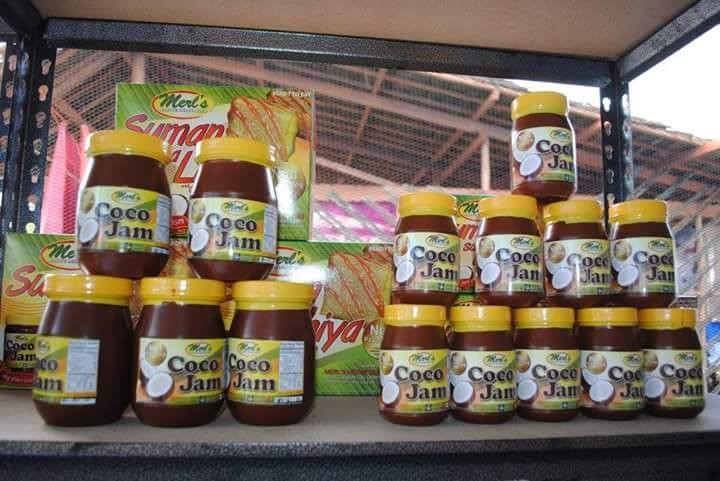
COCO JAM. These mostly contain both the flesh of a fruit or vegetable and the juice. One of the Mindoro’s bestselling pasalubongs is coco jam which is made from cane sugar extract and coconut cream. Also, it is often used to make kalamay and eaten on toast. Another kind is pineapple jam that is made from the said fruit.
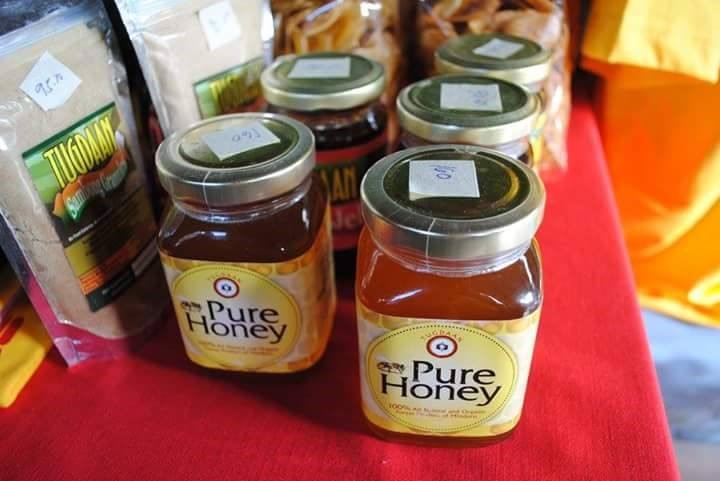
PURE HONEY. Nothing could be tastier than the Mindoro’s version of honey!
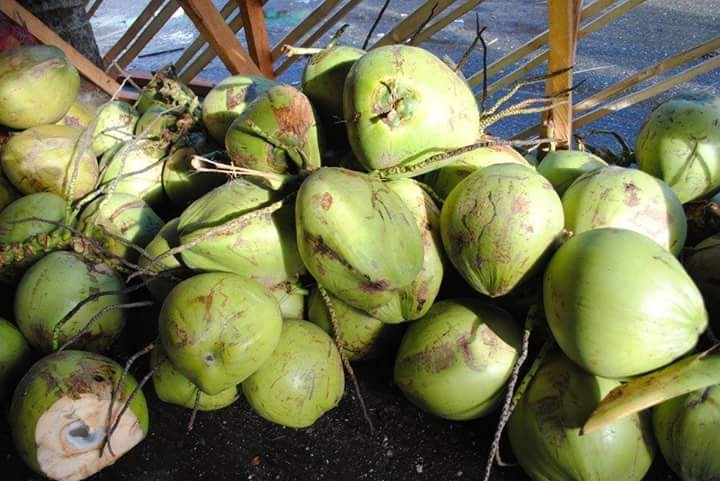
FRESH COCONUTS. Coconuts as greener as healthier!
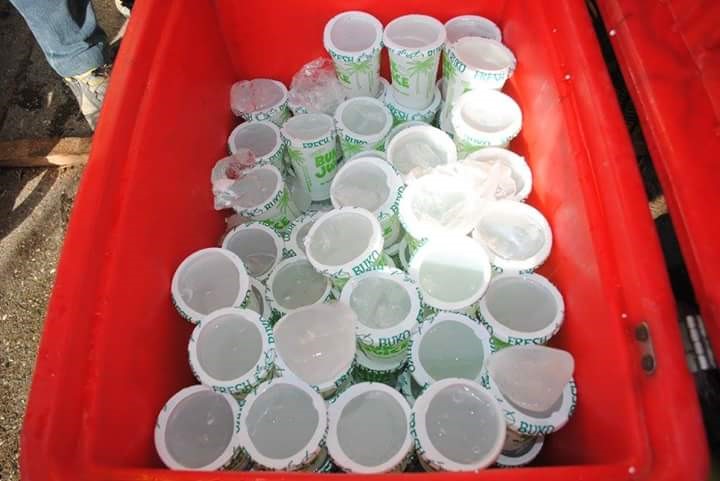
BUKO JUICE. What a lovely morning to start your day drinking mother nature’s sports drink!
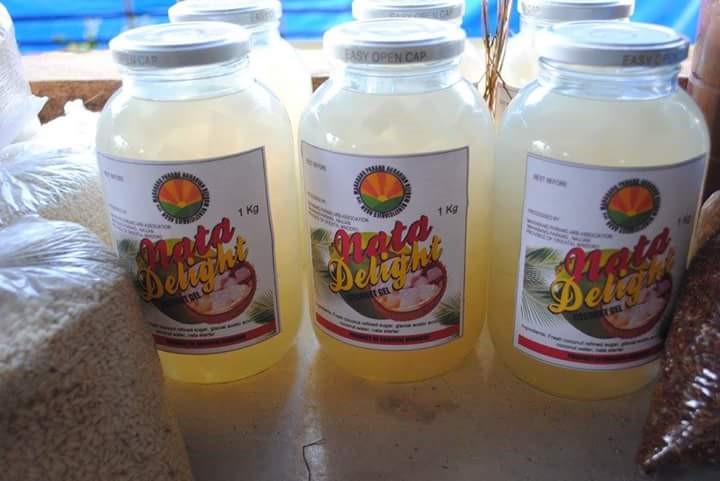
NATA DE COCO. It is a delicious homemade nata de coco. Also, it is commonly called as a sweetened candy or a dessert. It can be added to fruit mixes and ice cream.
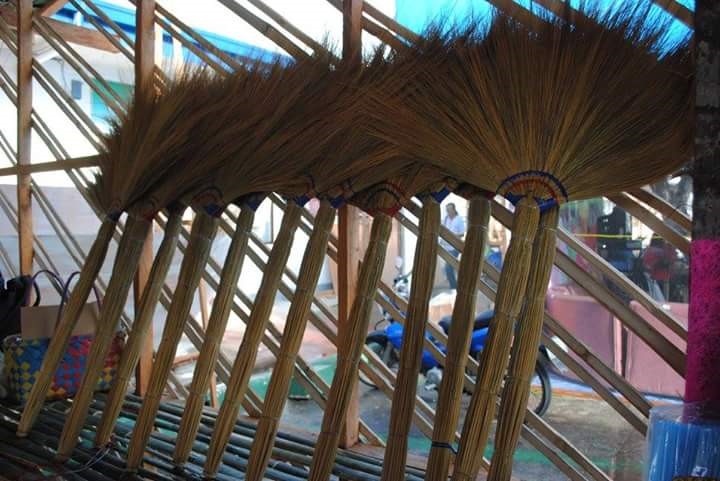
WALIS TAMBO. Its primary materials are the tambo and sticks. And they said, “the bigger the hulma will be, the broom becomes strong and durable”.
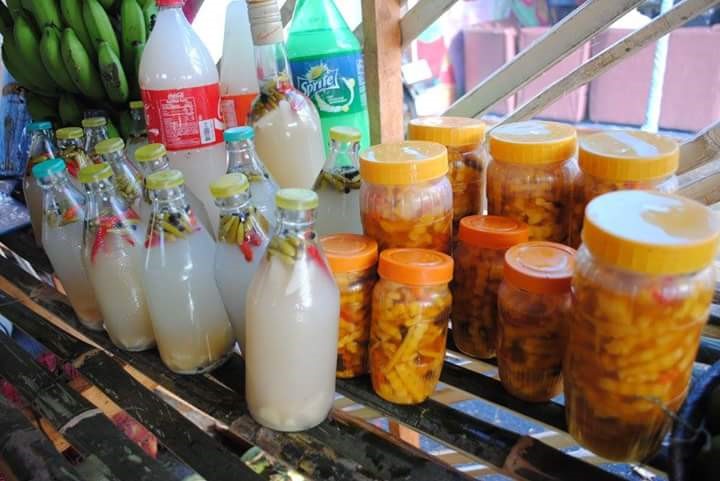
SUKA. The vinegar is added by a lot of chili (sili). If you are really into spicy foods, this may be one of your favorite sauces. The other one is called orange. It is like toyo and vinegar which are combined to the fried foods. Lalong umaanghang, lalong sumasarap!
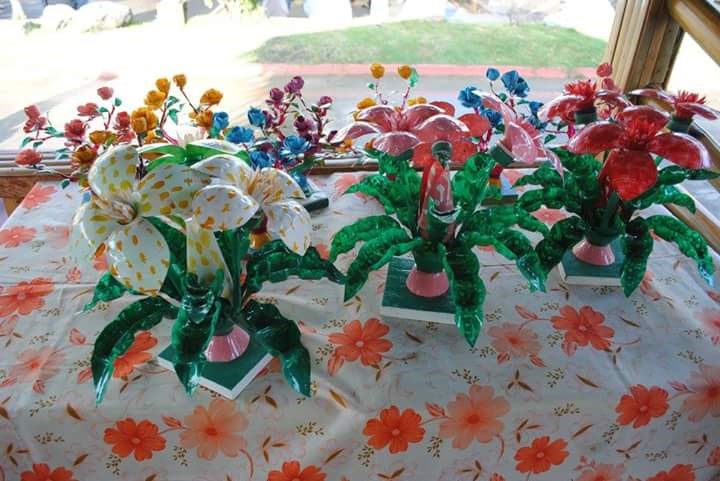
HOUSE DISPLAYS. Those house display seen in the pictures are made by provincial jail prisoners. Its raw materials are eco-friendly. They have a creative mind, eh?
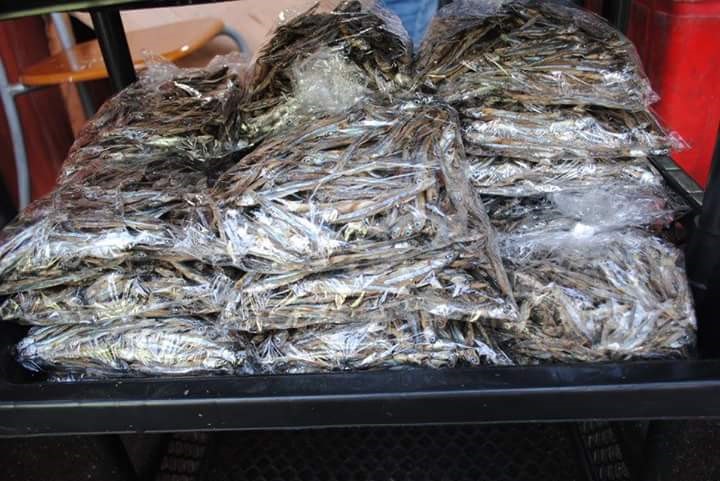
TUYO. It is one of the Bulalacao City’s pride. Tourists love to buy this since it is very unique than any other kind of tuyo in the Philippines.
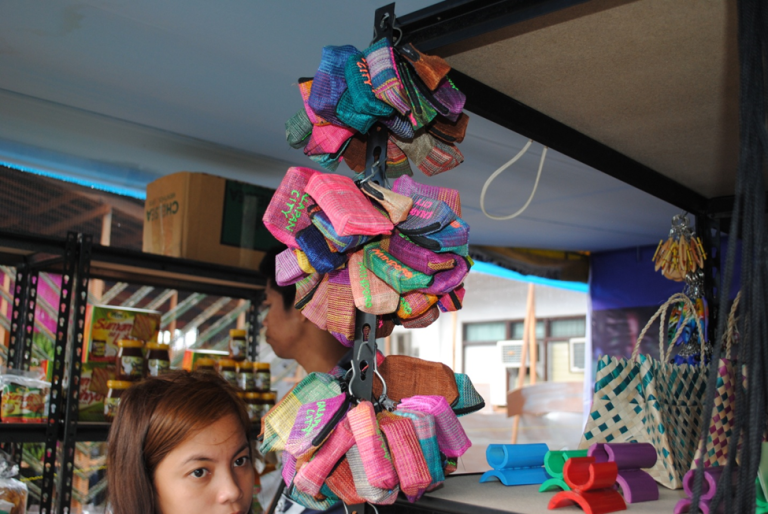
WALLETS. Filipinos are fond of saying, ‘Pasalubong ah!” when some of their friends will be gone for a trip. We are not expecting an expensive pasalubong, a wallet will do. Not only from Baguio but fresh from Mindoro!
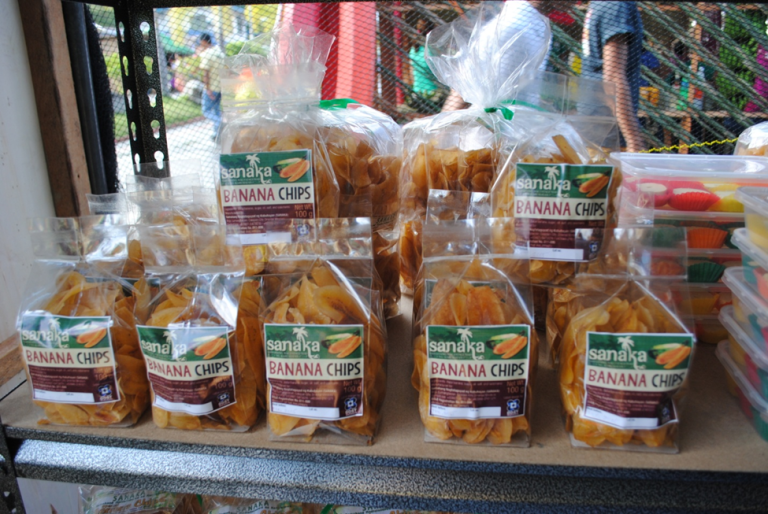
BANANA CHIPS. If you want something like “mangunguya” while traveling along the island of Mindoro, you can taste their version of banana chips!
CULTURE
The festival of the province, Pandanggitab (flickering lights), because before, every night the wife of the fishermen would always wait for their husband to come to the shore and the wives are always accompanied by their gas lamps and torches and they would dance with their lights when they see the boats coming in. Pandanggitab is now the official festival of Oriental Mindoro and it is being celebrated every summer night. Each town also celebrated their festivals according to what they harvest or what they are expert on. Below are some of the festivals in Oriental Mindoro.

- Kalap Festival. As historians say, Calapan came from the word “Kalap” which is believed to be a kind of tree. Others say kalap means a process of gathering woods. From this research, it is developed into deeper analysis and interpretation of such word which could be the basis of the festival; celebration, since the festival will gather series of historical facts about Calapan tied up on discipline values, unity and GOD living Citizenry. The same word could also be easily connected and no other places could replicate it.

- Sipag festival. The Roxas munipality serves as the intermediary of trade and commerce in the southern part of Oriental Mindoro due to its bountiful products – palay and fruits like bananas, lanzones, mangoes, and aquatic harvests, and the different vegetables flourished in its farms. Sipag Festival is apparently a product festival highlighting the various production of the locality. S for saging (banana); I for isda (fish); P for prutas (fruits); PA stands for palay; and G as gulay (vegetables). The term “sipag” implicates industriousness and ability of the Mindorenos for which Roxas is proud of.


- Saranggolahan sa Naujan. Competition of colorful and kites held in Naujan every Holy Week; said competition has two categories, the Single type and the Synchronize type. Single type category is a competition of any single kite that is flat and have a unique design and open to all Naujeños aged 10- 18 years old. Synchronized type is a competition of kites which are composed of 4 or more kites presented as one kite with the same or different types of unique design and is open to all Naujeños aged 19 and above.
And as to their beliefs, since Mangyan people are conscientious people, their everyday living becomes their spiritual beliefs. Their agricultural rites are essential to their farming. Also, their beliefs results to a good harvest. They believe in Supreme Being, Mahal na Makaako, who gives life to all human beings by merely gazing at them. Moreover, they believe that the universe which called sinukuban means that which is covered or kalibutan means the whole surrounding has a shape similar to a coconut.
To sum it all up, although their culture is influenced by different ethnic groups, Mindorenos have their loving hearts and loyalty to their province.
Photo credit: Provincial Tourism Office of Oriental Mindoro
MANGYAN TRIBES IN MINDORO
Have you ever been in a place where people are well organize according to their groups? Do you ever wonder where in the Philippines most indigenous people live? Let us take a trip to the islands of Mindoro and explore how people manage to survive in their everyday life!
There are eight existing groups in Mindoro. They are Alangan, Bangon, Tau-buid, Iraya, Hanunoo Ratagnon, Tadyawan, and Buhid. They are known as Mangyans. What is awesome about these groups is that they have their own active tribal councils. The location of every group is divided among towns. They are expert on nito-weaving, making jars in different sizes and creating beads. They are also great farmers. They plant different vegetables and fruits and harvest them. They are also doing kaingin. Their designs and products are being marketed to the low-landers. Their designs and products are being marketed to the low-landers. However, their culture is now being forgotten not just by the low-landers but their own for they keep their rituals and poetries a secret and their cultures are being influence by the lowlanders. We can now see Mangyans walking with us on our school and eating with us on fast food chains for they strive to do better and work better earning jobs but some are still on the mountains doing agricultural jobs. They may look the same but each group has its unique culture and tradition. They have formal bylaws with corresponding penalties each time one commits a crime. In order to enter their communities, one should get a clearance by providing a letter and project documentation to the tribal leaders, tribal councils and National Commission on Indigenous Peoples. Even their languages are different in accordance to their groups. The Mangyans are not the only group that influenced and made mindorenos. They are influenced by different ethnic groups like Batangenos, Ilocanos and Bisaya which made their personally and culture colorful. They are often thrifty, kind and brave. They are often made up of a family of farmers and fishermen because it has enough land to plow and seas to fish.

1. ALANGAN
These people are living in the towns of Baco, Naujan, San Teodoro, and Victoria in Oriental Mindoro and Sablayan in Occidental Mindoro. The women wear an upper garment made from a leaf of wild Buri palm known as ulango. They sometimes wear limbutong, a red kerchief over the ulango. And as to their skirt, they wear the lingeb which is made from woven cloth together with abayen, their version of Aeta’s bahag. On the other hand, the men wear g-strings with fringes in front.

2. BANGON
This group lives along the Bongabon River and the surrounding mountains located within the towns of Bansud, Bongabong, and Gloria in Oriental Mindoro. Anthropologists have proven that the Bangons should be classified as a different group because they culture, language and writing system is different from the other Mangyan tribes in Oriental Mindoro.

3. BUHID
These Mangyans live in the towns of Bansud, Roxas, Bongabong and in some parts of Oriental Mindoro and in the municipalities of San Jose and Rizal in Occidental Mindoro. They are known as the best pot makers among the seven tribes. Their women wear black and white upper garment called linagmon and abol as to their skirt. The men also wear g-strings or bahag. Both men and women put body ornaments such as beaded necklace, tight choker and beaded bracelets.

4. HANUNOO
The Hanunoos reside in the towns of Bulalacao, Mansalay and some parts of Bongabong in Oriental Mindoro, and San Jose in Occidental Mindoro. The male wears a shirt called balukas and bahag, while the female wears an indigo-dyed short skirt and lambung as their upper garment. They possess a pre-Spanish writing system known as Surat Mangyan today.
5. IRAYA
It is the tribe that lives in the beaches of Puerto Galera, San Teodoro and Baco in Oriental Mindoro. Nevertheless, some of them live in the other parts of Occidental Mindoro. They indeed look different from the other tribes because they have curly to kinky hair and dark skin, but is distinguishable from the Aetas. They have the same clothing as the Hanunoos. They are experts in nito-weaving and other handicrafts that are made from nito such as plates, jars, trays, and cups with a variety of sizes.

6. RATAGNON
Most of them live in Magsaysay, Occidental Mindoro. The Ratagnon women wear a wrap-around cotton cloth from the waistline to the knees. There are still some males that wear bahag with simple embroidery. They also wear accessories made of beads and copper wire. Similar to Alangans, they often chew Betel nuts.


7. TADYAWAN
These people live in Naujan, Victoria, Socorro, Pola, Gloria, Pinamalayan and Bansud. Their clothing is somehow similar to the other Mangyan tribes. They are also fond of wearing accessories like bracelts and necklaces made of beads.
8. TAU-BUID
The Tau-Buid tribe usually lives in Occidental Mindoro but still, there are some who preferred to live in the towns of Socorro, Pinamalayan, and Gloria in Oriental Mindoro. They are known as pipe smokers all day. The Tau-Buid teenagers can smoke anytime as much as they want to. Both men and women wear loincloth which is made by extracting, pounding and drying the inner bark of several tress. The Bangon tribe used to be part of this tribe before anthropologists found out that the Bangons have a distinct culture, language and writing system in 1996.

References:
https://www.google.com.ph/search?q=alangan+mangyan&biw=1366&bih=667&source=lnms&tbm=isch&sa=X&ved=0ahUKEwiHxMLZm6vKAhUCBI4KHQBPANwQ_AUIBigB#tbm=isch&q=BUHID+MANGYAN+TRIBE&imgrc=LM-IXygaiNgFUM%3A
https://www.google.com.ph/search?q=alangan+mangyan&biw=1366&bih=667&source=lnms&tbm=isch&sa=X&ved=0ahUKEwiHxMLZm6vKAhUCBI4KHQBPANwQ_AUIBigB#imgrc=HhqHvULy3_gFrM%3A
https://www.google.com.ph/search?q=alangan+mangyan&biw=1366&bih=667&source=lnms&tbm=isch&sa=X&ved=0ahUKEwiHxMLZm6vKAhUCBI4KHQBPANwQ_AUIBigB#tbm=isch&q=HANUNUO+MANGYAN+TRIBE&imgrc=nxTL7ene6UJVZM%3A
https://www.google.com.ph/search?tbm=isch&q=ratagnon+women&imgrc=MlJc_gI5iyLmtM%3A&ei=QJWYVoG-EsGiuQTO76rAAQ&emsg=NCSR&noj=1
https://www.google.com.ph/search?q=alangan+mangyan&biw=1366&bih=667&source=lnms&tbm=isch&sa=X&ved=0ahUKEwiHxMLZm6vKAhUCBI4KHQBPANwQ_AUIBigB#tbm=isch&q=IRAYA+MANGYAN+TRIBE&imgrc=ZxVxwYHGbvz47M%3A
https://www.google.com.ph/search?noj=1&tbm=isch&sa=1&q=TAU-BUID+mangyan&oq=TAU-BUID+mangyan&gs_l=img.3…151006.151006.0.151827.1.1.0.0.0.0.178.178.0j1.1.0….0…1c.2.64.img..0.0.0.kbePwgNz8vY#imgrc=F51FrlWbbUtr4M%3A
http://www.jacobimages.com/2012/12/the-mangyan-of-mindoro
http://www.globalpinoy.com/gp.topics.v1/viewtopic.php?postid=4fd9cc01e778c&channelName=4fd9cc01e778c
THE HARBOR’S PRIDE
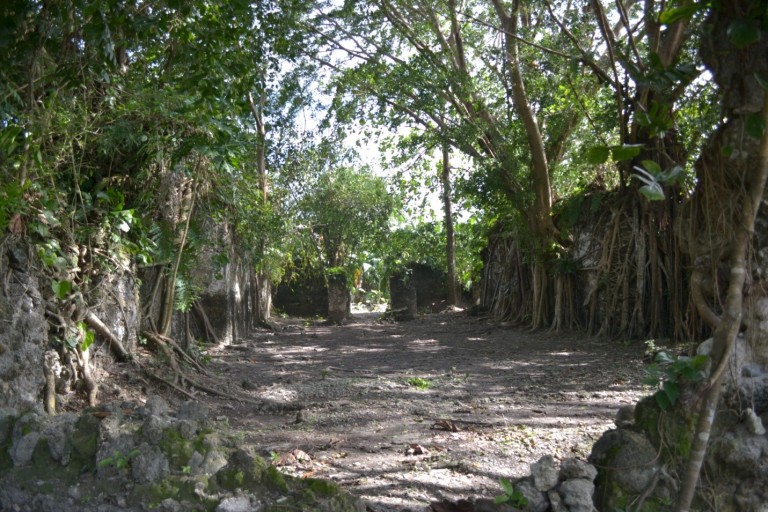
- KUTA ANILAO SHRINE IN ORIENTAL MINDORO
This was built in the 17th century during the Spanish regime by the Augustinian Recollects. It can be found in Barangay Anilao which is approximately 17 kilometers from the town proper of Bongabong, Oriental Mindoro in the Philippines.
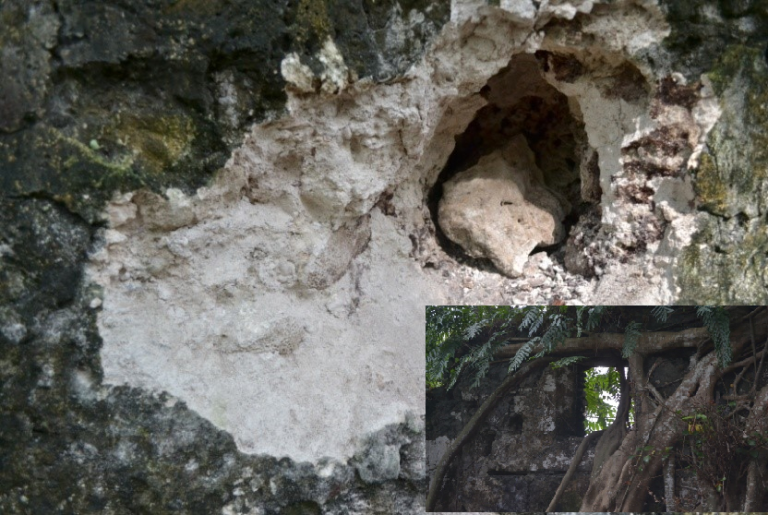
- CHURCH WALL MADE FROM CORALS
The main structure of the shrine was constructed using corals and lime. Contrary to the myth that it was built overnight, the church was finished and then renovated. You can also see Balete tree on the church’s wall. The church also became the community’s fortress and multi-function structure used by the people before. It was abandoned by the community and was believed to have been burned down.

- THE VIRGIN WHITE SANDS OF BULALACAO, ORIENTAL MINDORO
Bulalacao is located on the southern part of Mindoro where we can see fishes sold at affordable prices. Its beach is also refreshing and peaceful. It is said that this part of Oriental Mindoro was once structured with Boracay Island. You could camp out on the shore overnight for free. Despite the fact that it is not fully developed, this is still a perfect place to go if your squad is into road trips, camping and low cost vacations. You will also be accompanied by hospitable fishermen where you can also learn some skills in fishing and you can also pay them for a boat ride.
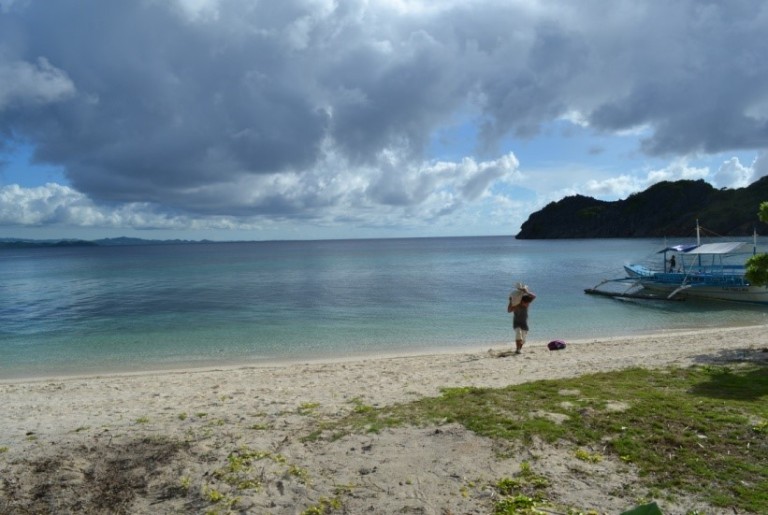
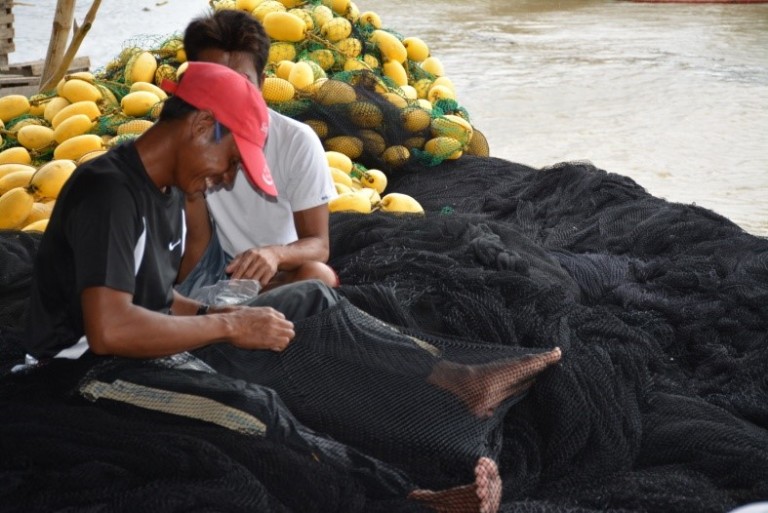
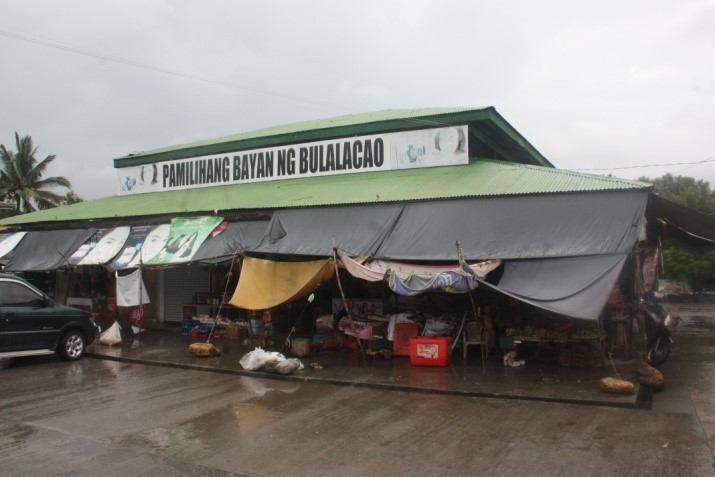
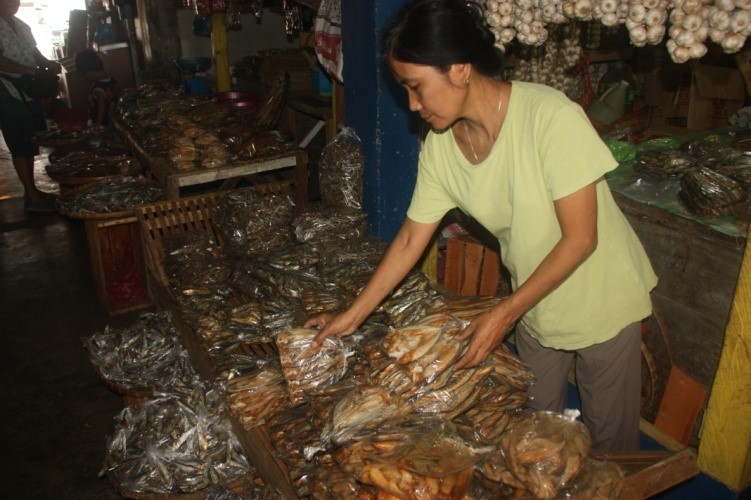
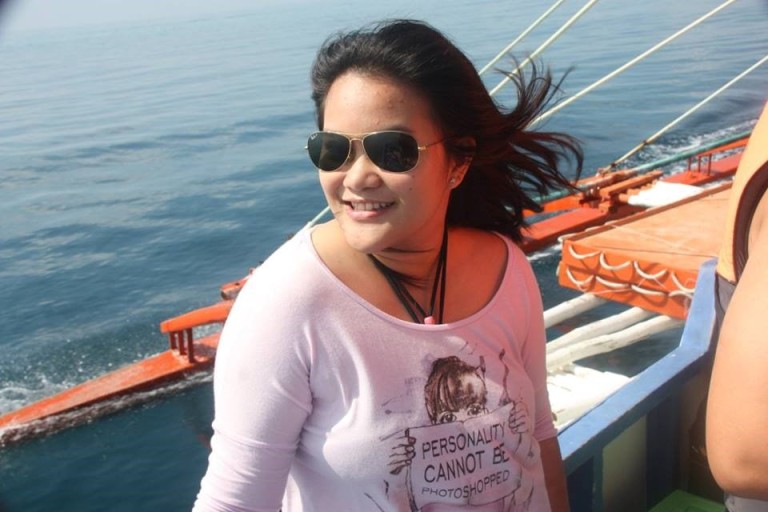
- BONTOC, MANSALAY
Oriental Mindoro is gifted with different great beaches. Black beaches, white beaches and brown beaches and all I can say is, they are all beautiful. Just like this one in Mansalay, this beach is the weekend runaway places of the people here in Mindoro. Of all the beaches here, it is the whitest and it is the perfect place for family outing every Sunday.
- ARAS CAVE, SAN TEODORO
Adventure waits on the Aras cave approximately 4 hours away from the city. You will see different rock formations (sad it’s too dark inside the cave and I brought phone camera with me) and see different cave creatures like bats and monkeys. Beware of the monkeys! They might snatch your phone in a snap!
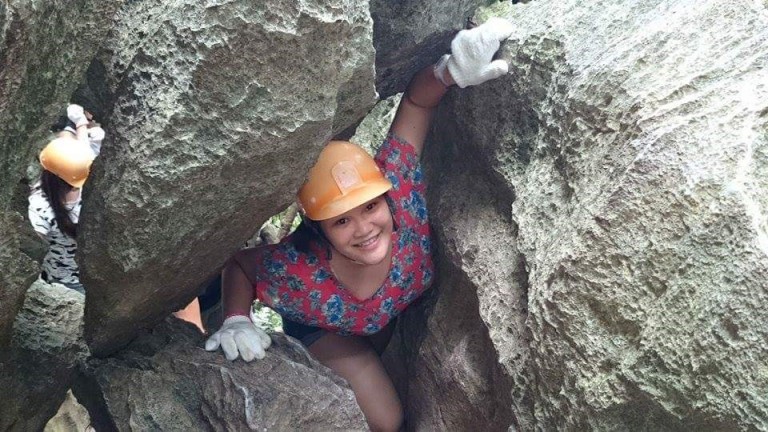
- PINAMALAYAN PARK
Pinamalayan Park is the biggest park in the province, one can ride using his skateboards, rollerblades and bike in a sunny day here, every evening, there will be dancing water shows that are really spectacular. These structures are made by the Americans during their stay here in Oriental Mindoro.
- PUERTO GALERA
If you are done looking for your inner peace in Bulalacao and Mansalay, and you are in the mood to look for fun and activities like riding a banana boat, going on parties at night, going on island hopping, scuba diving and more, then you are looking for a place like White beach, Puerto Galera. Unlike the other beaches I have presented earlier, Puerto may cost you more.
